#Sanitization And
Text
mfers will say "im against book banning in schools and libraries!" and then turn around and say ao3 needs to be censored
#like u do not. understand what you're saying.#howling#if your anti censorship views extend only to sanitized queer fiction you are not genuinely anti censorship
5K notes
·
View notes
Text
if you see this, keep making art that makes you go 'oh no'. at some point it'll be 'oh yes'. it's the only thing we've got anyways. i think the conclusion i've reached about this is that i need to show myself the same consideration and grace and compassion i show to others. allow myself to do bad art. and for whoever needs it, allow yourself to do bad art.
17K notes
·
View notes
Text
"even the nazis didnt..." - guy who doesnt know that much about the nazis
#on the whole im glad to see anyone being morally opposed to this genocidal war but i just kind of wish people would understand it#as a product of the same system as other historical events#and not say things based off their sanitized and simplified understanding of history thats not accurate#like idk chances are whatever it is they did it#and so did western colonizers and imperialists too#also not to mention the insanity of zionists claiming that hamas is worse than the nazis???#mine
2K notes
·
View notes
Text
Common Household Items That Require Frequent Disinfection and Sanitization: A Checklist"
Sanitization And Disinfection have become increasingly crucial daily, especially with the
ongoing COVID-19 pandemic. Proper cleaning practices are necessary to ensure our homes
are safe and healthy environments for ourselves and our families. However, some
household items are more prone to contamination and require regular Sanitization And
Disinfection.
Here is a checklist of ordinary household items that need regular cleaning:
1. High-touch surfaces: These include doorknobs, light switches, handles, and
countertops, which are frequently touched and can harbour bacteria and viruses.
2. Electronic devices: Items like cell phones, tablets, laptops, and remote controls can
accumulate germs and viruses from frequent use.
3. Kitchen surfaces: Kitchen counters, sinks, and cutting boards are breeding grounds
for bacteria, mainly if used for raw meat and poultry.
4. Bathroom surfaces: Toilet seats, faucets, showerheads, and handles should be
sanitized and disinfected regularly to prevent the spread of germs and bacteria.
5. Bedding and linens: Sheets, pillowcases, and towels should be washed regularly in
hot water to kill bacteria and dust mites.
6. Children;s toys: Toys frequently handled by children can quickly spread germs and
bacteria. These toys should be sanitised and disinfected regularly.
7. Pet areas: Pet bowls, toys, and bedding can harbour bacteria and parasites. These
items should be sanitised and disinfected regularly to prevent the spread of germs.
8. Carpets and rugs: Carpets and rugs can trap dust, dirt, and bacteria, causing
allergies and other health problems. They should be cleaned regularly, preferably
with a steam cleaner.
Thus, regular sanitization and Disinfection Services Dubai of household items by
companies like Quality Care Building Cleaning Services LLC are essential for maintaining a
healthy living environment. By following this checklist, you can help prevent the spread of
germs and bacteria in your home and protect yourself and your family from illnesses.
Use appropriate cleaning products, follow the instructions carefully to ensure effective
cleaning and contact Quality Care Building Cleaning Services LLC.
Sanitization And Disinfection Services at Quality Care Building Cleaning Services LLC
At Quality Care Building Cleaning Services LLC, we provide professional sanitization and
disinfection services to ensure a safe and healthy atmosphere for your home or business.
Our team uses high-quality, eco-friendly products and state-of-the-art equipment to sanitise
and disinfect high-touch surfaces, electronic devices, kitchen and bathroom surfaces,
bedding and linens, pet areas, carpets, and more.
We follow strict safety protocols and regulations to ensure the effectiveness of our services,
and our team is committed to providing the highest-grade cleaning services to meet your
needs and exceed your expectations. Contact us today to schedule your sanitization and
disinfection service.
Therefore, contact Quality Care Building Cleaning Services LLC for Sanitization Services
Dubai!
0 notes
Text
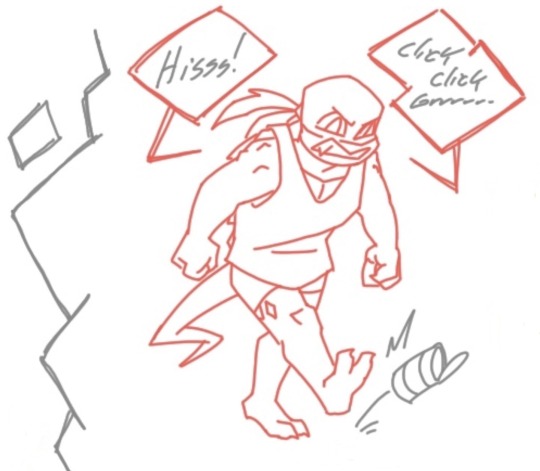
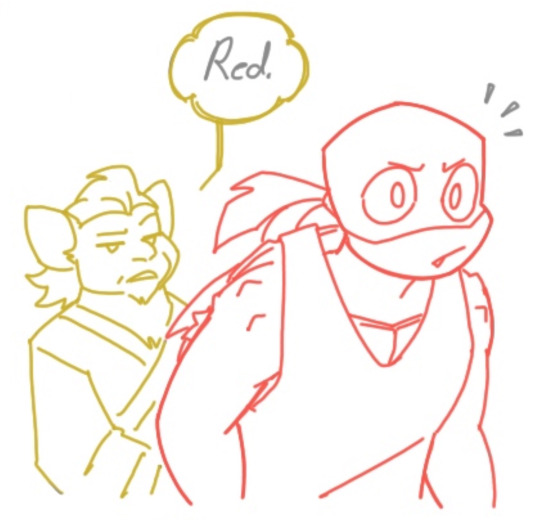
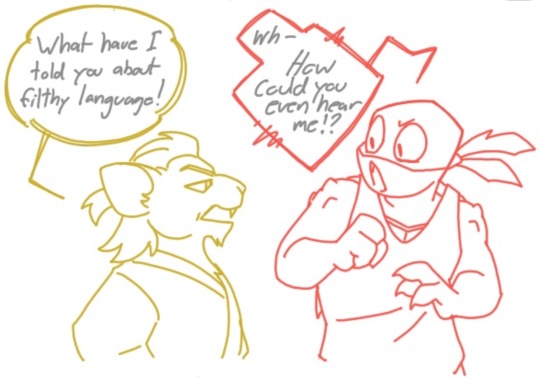

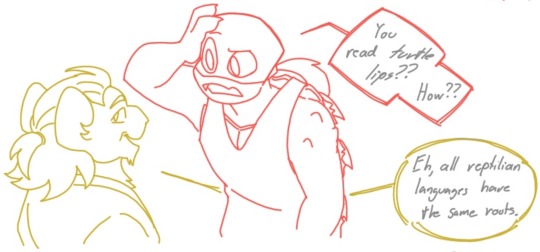
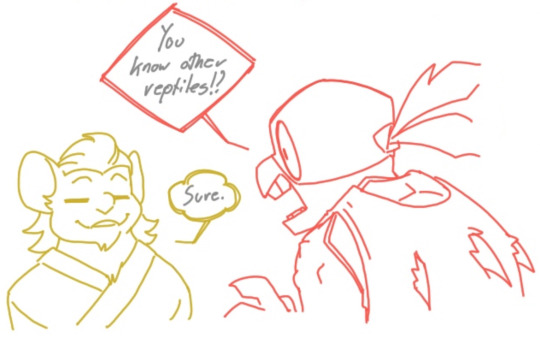
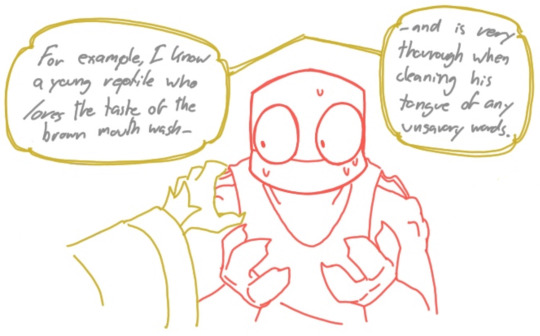
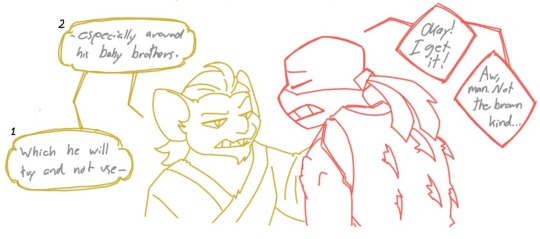
Language! Part 2
[1 - 2]
The speech bubbles are a little odd, a holdover from when I used to draw these small and all on one layer and canvas.
Somehow, some way, Splinter’ll always catch them and make them pony up to the swear jar! Darn ninja dads, I swear, it’s like they can hide in the walls or something
Anyway, thought it would be fun to hint at Splinter having a life and acquaintances from his time in yokai society, in that weird way that parents have when they mention a crazy skill they picked up from their mysterious life before parenthood that their kids have no knowledge of yet. Plus, it’s interesting to think about what Splinter does in his day. He loved entertaining and stardom, I doubt he’d up and quit forever. His voice is the last thing truly his after his transformation, I’m sure he’d use it somehow to keep doing what he loved! He’s also a ninja warrior specifically trained to fight the supernatural, that probably comes with some pretty fun skills!
My mom once stole a boat and sailed to an abandoned condemned island for a whole couple of days, a story which cropped up once and then wasn’t explained until years later, much to my intrigue. She’s so calm and well collected, it was crazy to hear the shit she used to get up to lol
#rottmnt#rise of the teenage mutant ninja turtles#rise of the tmnt#rottmnt comic#rise raph#rottmnt raph#rise splinter#rottmnt splinter#I used to be so scared of swearing as a kid that I’d lean in and whisper super dramatically to my friends if I dared say one#then I called someone a bitch right to their face and my friends still joke about it#the brown Listerine tastes like hand sanitizer it’s awful
2K notes
·
View notes
Text
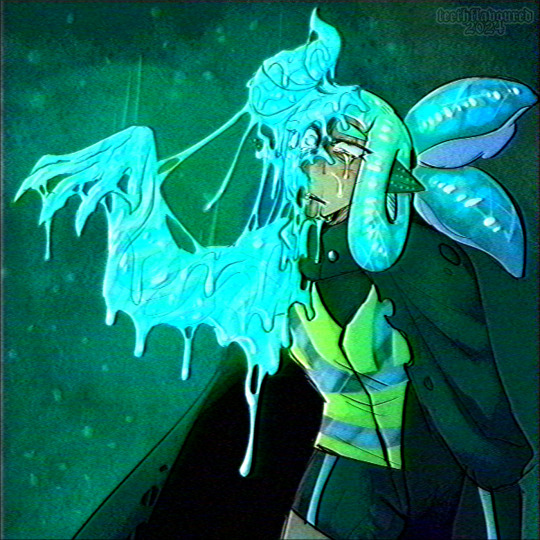
sanitized jolyne
#teethdraws#splatoon#splatoon art#splatoon 3#splatoon fanart#splatoon fandom#agent 3#captain 3#agent three#octo expansion#sanitized agent 3#new squidbeak splatoon
2K notes
·
View notes
Text

you & me, always, forever
5K notes
·
View notes
Text
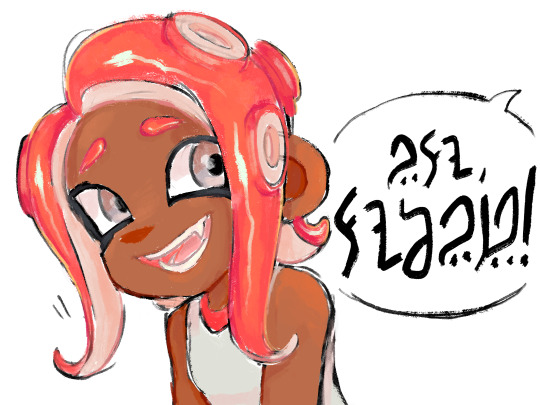





Side order got me thinking about octarian octolings
SIDE ORDER ENDGAME & DEV DIARY SPOILERS UNDER CUT


^Marina talking about her memverse with the octarian engineers and marina holding smollusk like virgin mary holding baby jesus (thanks budgie)



new oc dedf1sh pony
#agent 8#marina ida#sanitized octoling#rival octoling#fuzzy octoling#dedf1sh#acht#octarian#octoling#dj octavio#i want to draw other octarians too like the great octoweapons...i miss them...#i am still so genuinelu sad octostomp DIED#splatoon#splatoon 2#splatoon 3#octo expansion#side order#side order spoilers#so spoilers#my art
2K notes
·
View notes
Text

erm.... that awkward moment when ur partner and bestfriend both get brainwashed so u have to go save them by going through traumatizing events
#splatoon#splatoon 3#splatoon 2#octo expension#agent 3#captain 3#sanitized agent 3#octo expansion#agent 8#agent 8 splatoon#side order#splatoon side order#agent 4#splatoon agent 4#evil agent 4#agent 4 side order#agent 3 splatoon#splatoon art
2K notes
·
View notes
Text
i know tiktok and shit reels are making you think that not only does your art need to be aesthetically pleasing but also your painting process must be simple and clean and your hands can’t get dirty and every stroke needs to be beautiful.
this is a complete illusion. that artist with pretty hands is scrubbing every drop of paint off with every cut. The brush is barely touching the canvas. There’s rags everywhere. There’s gamsol on the floor. This is the fifth time they’re trying this composition. There’s 10 shredded attempts off-screen. The room isn’t ventilated enough. It’s annoying as fuck to paint with acrylic nails glued on. keeping the palette and palette knife clean for the camera is the most obnoxious thing possible.
You don’t have to sell your process. Not every moment you spend drawing or painting has to be sanitized for aesthetics. Keep something for yourself. idk
#tess talks#sorry i just saw a pretty painting process of a sky and it was so sanitized it pissed me off#REALLY pissed me off#being an artist just starting out these days#must be fucking awful
2K notes
·
View notes
Text
this was a good read
#honestly this is also why i can't stand the ya only crowd. i read SO much fucked up 80s and 90s YA as a kid#like YA can in fact be good (though it's still directed at teens)#but the sanitized versions goodreads adults are demanding aren't really fun for anyone#also i read both ya and adult books as a teen. i think you need to.
3K notes
·
View notes
Text
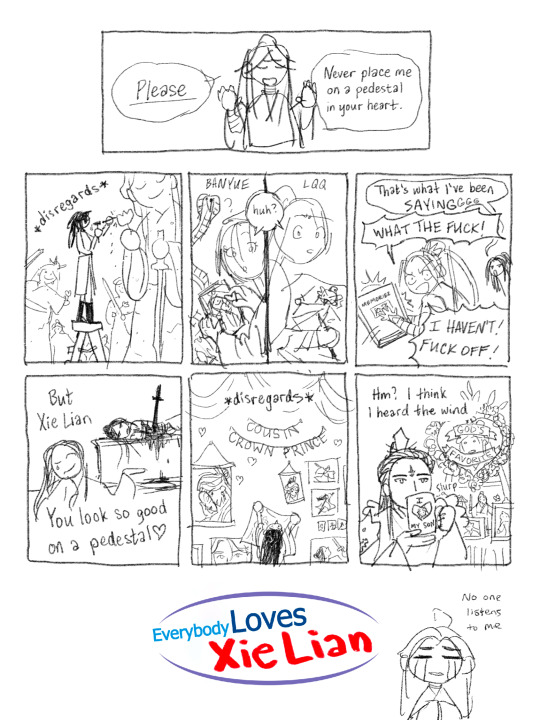

Everyone's favorite (or least favorite) martial god...
#tgcf#tgcf spoilers#don't @ me about hua cheng I KNOW HIS IDOLIZATION ISNT LIKE THE SANITIZED/CHERRYPICKED IDOLIZATION FROM OTHERS OK ITS A JOKE ITS A JOOOOKE#he is a king who is realistic about the good and bad his god is capable of#all right here come all the character tags#xie lian#hua cheng#banyue#feng xin#mu qing#white no face#qi rong#jun wu#lang ying#lang qianqiu#bai wuxiang#tgcf fanart#things by me
832 notes
·
View notes
Text
"Namibia is the driest country in Sub-Saharan Africa, and home to two of the world’s most ancient deserts, the Kalahari and the Namib. The capital, Windhoek, is sandwiched between them, 400 miles away from the nearest perennial river and more than 300 miles away from the coast. Water is in short supply.
It’s hard to imagine life thriving in Windhoek, yet 477,000 people call it home, and 99 per cent of them have access to drinking water thanks to technology pioneered 55 years ago on the outskirts of the city. Now, some of the world’s biggest cities are embracing this technology as they adapt to the harshest impacts of climate change. But Namibia leads the way.
How did this come about? In the 1950s, Windhoek’s natural resources struggled to cope with a rapidly growing population, and severe water shortages gripped the city. But disaster forced innovation, and in 1968 the Goreangab Water Reclamation Plant in Windhoek became the first place in the world to produce drinking water directly from sewage, a process known as direct potable reuse (DPR).
That may sound revolting, but it’s completely safe. Dr Lucas van Vuuren, who was among those who pioneered Windhoek’s reclamation system, once said that “water should not be judged by its history, but by its quality”. And DPR ensures quality.
This is done using a continuous multi-barrier treatment devised in Windhoek during eight years of pilot studies in the 1960s. This process – which has been upgraded four times since 1968 – eliminates pollutants and safeguards against pathogens by harnessing bacteria to digest the human waste and remove it from the water. This partly mimics what happens when water is recycled in nature, but Windhoek does it all in under 24 hours...
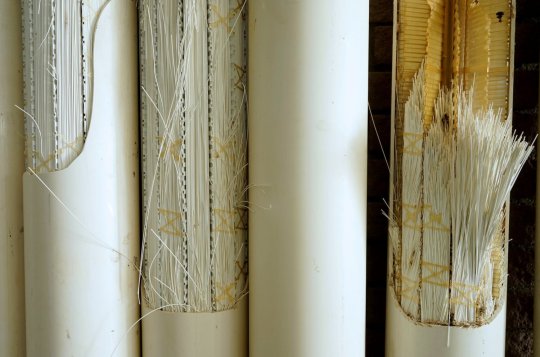
Pictured: These ultrafiltration membranes help to remove bacteria, viruses and pathogens. Image: Margaret Courtney-Clarke
“We know that we have antibiotics in the water, preservatives from cosmetics, anti-corrosion prevention chemicals from the dishwasher,” Honer explains. “We find them and we remove them.”
Honer adds that online instruments monitor the water continuously, and staff ensure that only drinking water that meets World Health Organisation (WHO) guidelines is sent to homes. If any inconsistencies are detected, the plant goes into recycle mode and distribution is halted until correct values are restored.
“The most important rule is, and was, and always will be ‘safety first’,” says Honer. The facility has never been linked to an outbreak of waterborne disease, and now produces up to 5.5m gallons of drinking water every day – up to 35 per cent of the city’s consumption.
Namibians couldn’t survive without it, and as water shortages grip the planet, Windhoek’s insights and experience are more important than ever.
Interest from superpowers across the globe
In recent years, delegations from the US, France, Germany, India, Australia, Singapore, and the United Arab Emirates have visited Windhoek seeking solutions to water shortages in their own countries.
Megadrought conditions have gripped the US since 2001, and the Colorado River – which provides 40 million people with drinking water – has been running at just 50 per cent of its traditional flow. As a result, several states including Texas, California, Arizona and Colorado are beginning to embrace DPR.
Troy Walker is a water reuse practice leader at Hazen and Sawyer, an environmental engineering firm helping Arizona to develop its DPR regulations. He visited Windhoek last year. “It was about being able to see the success of their system, and then looking at some of the technical details and how that might look in a US facility or an Australian facility,” he said. “[Windhoek] has helped drive a lot of discussion in industry. [Innovation] doesn’t all have to come out of California or Texas.”

Pictured: The internal pipes and workings of Namibia's DPR plant. As water becomes scarcer in some parts, countries are looking to DPR for solutions. Image: Margaret Courtney-Clarke
Namibia has also helped overcome the biggest obstacle to DPR – public acceptance. Disgust is a powerful emotion, and sensationalist ‘toilet to tap’ headlines have dismantled support for water reuse projects in the past. Unfortunately, DPR’s biggest strength is also its biggest weakness, as the speed at which water can re-enter the system makes it especially vulnerable to prejudice, causing regulators to hesitate. “Technology has never been the reason why these projects don’t get built – it’s always public or political opposition,” says Patsy Tennyson, vice president of Katz and Associates, an American firm that specialises in public outreach and communications.
That’s why just a handful of facilities worldwide are currently doing DPR, with Windhoek standing alongside smaller schemes in the Philippines, South Africa and a hybrid facility in Big Spring, Texas. But that’s all changing. Drought and increased water scarcity worldwide are forcing us to change the way we think about water.
Now, the US is ready to take the plunge, and in 2025, El Paso Water will begin operating the first ‘direct to distribution’ DPR facility in North America, turning up to 10m gallons of wasterwater per day into purified drinking water – twice as much as Windhoek. San Diego, Los Angeles, California, as well as Phoenix, Arizona are also exploring the technology."
Of course, DPR is not a silver bullet in the fight against climate change. It cannot create water out of thin air, and it will not facilitate endless growth. But it does help cities become more climate resilient by reducing their reliance on natural sources, such as the Colorado River.
As other nations follow in Namibia’s footsteps, Windhoek may no longer take the lead after almost six decades in front.
“But Windhoek was the first,” Honer reminds me. “No one can take that away.”"
-via Positive.News, August 30, 2023
#namibia#africa#desert#water shortage#water conservation#dpr#potable water#water recycling#clean water#drought#united states#colorado river#science and technology#sanitation#good news#hope
2K notes
·
View notes
Text
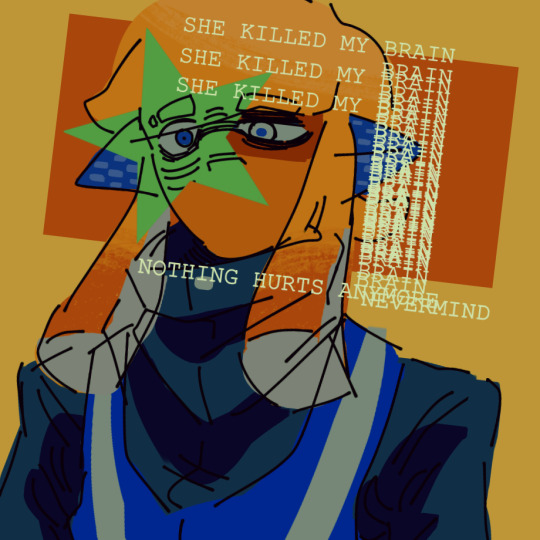

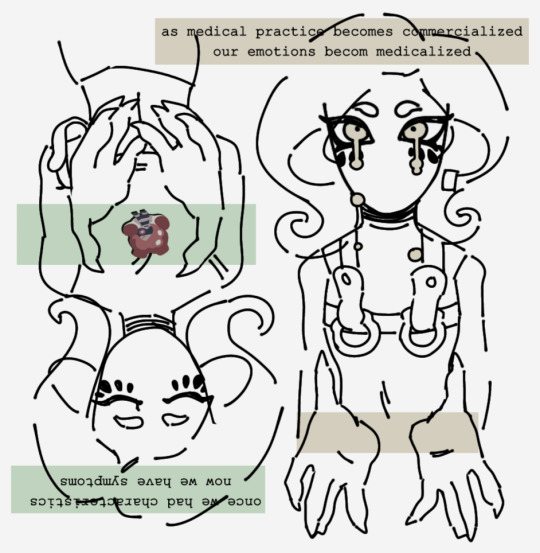
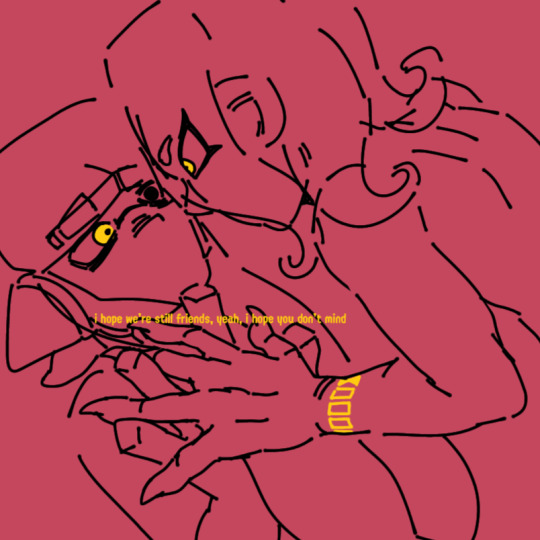
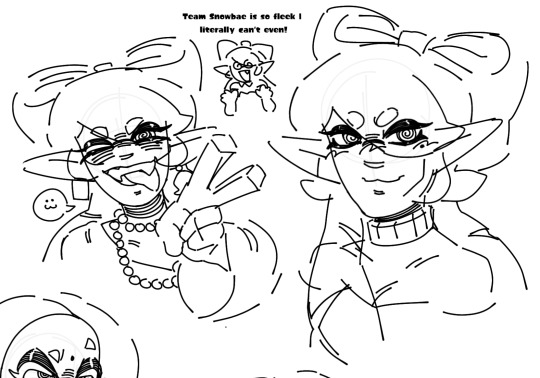
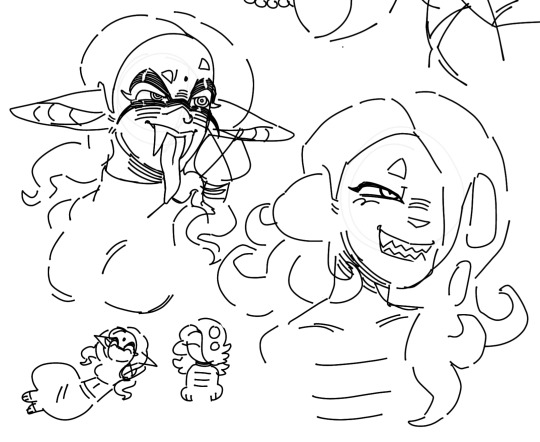
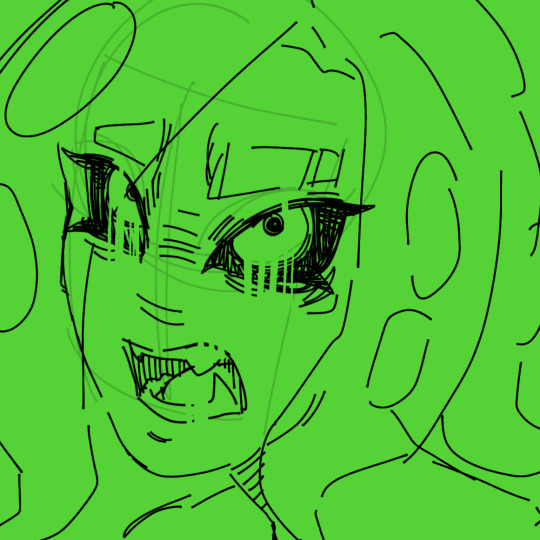
more stuff

#splatoon#sanitized agent 3#inner agent 3#captain 3#agent 8#callie cuttlefish#frye onaga#shiver hohojiro#dedf1sh#agent 24#splatagents#side order
2K notes
·
View notes
Text
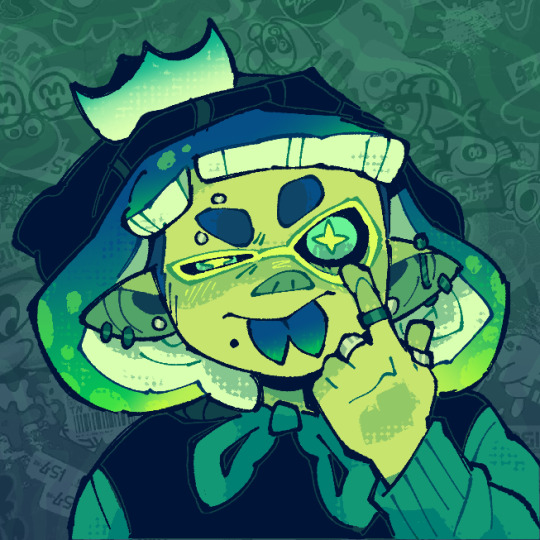
pearl
#i like the sanitization trend v cool and fun#myart#splatoon#pearl houzuki#off the hook#splatoon 2#eyestrain#maybe
2K notes
·
View notes
Text
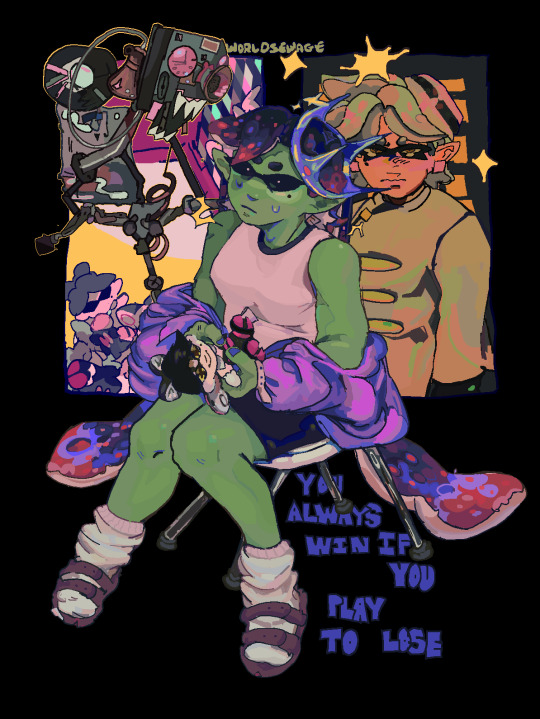
A Secret Santa drawing, namely for @possiblycringe ‘s Sanitized Callie au! This was so fun to draw! Extras / Close-Ups under the cut.
I mentioned this to pops already but: I tried to lean into the “the person i was before” aspect of it, namely the realization that she is no longer the same Callie. I really enjoy that idea, and I wanted to make it look almost lonely and frightening , especially as a former celebrity, spot light type of stuff.
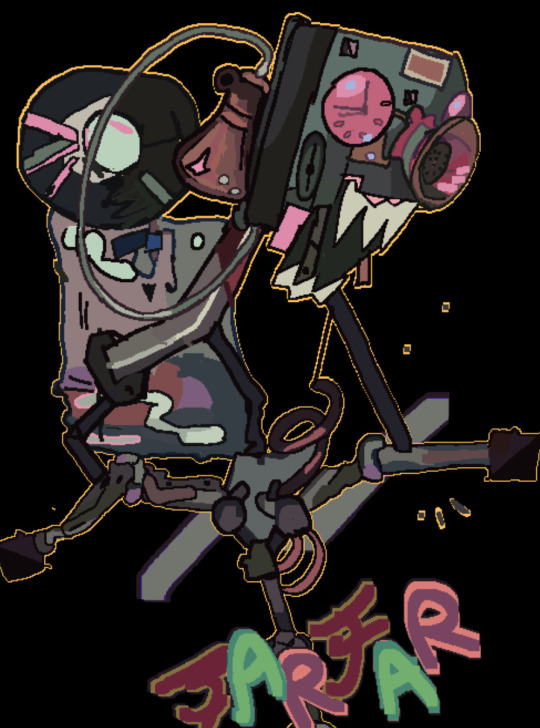



960 notes
·
View notes